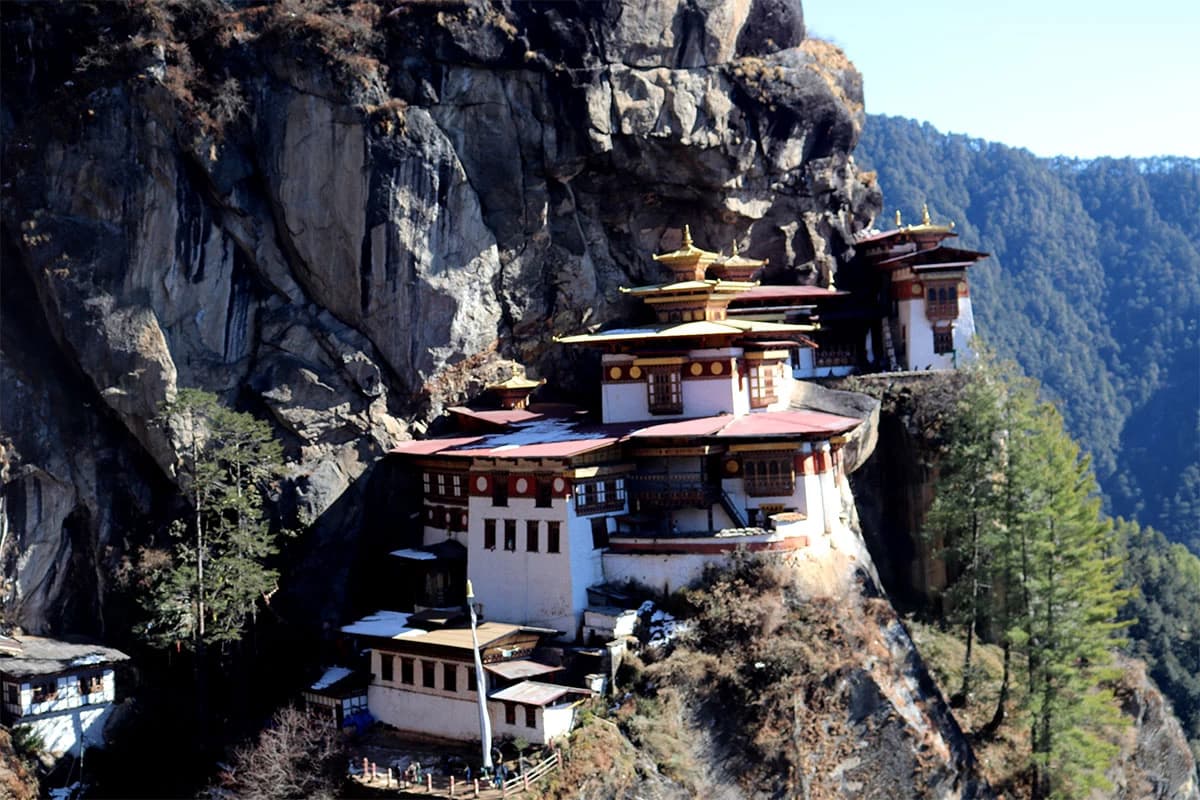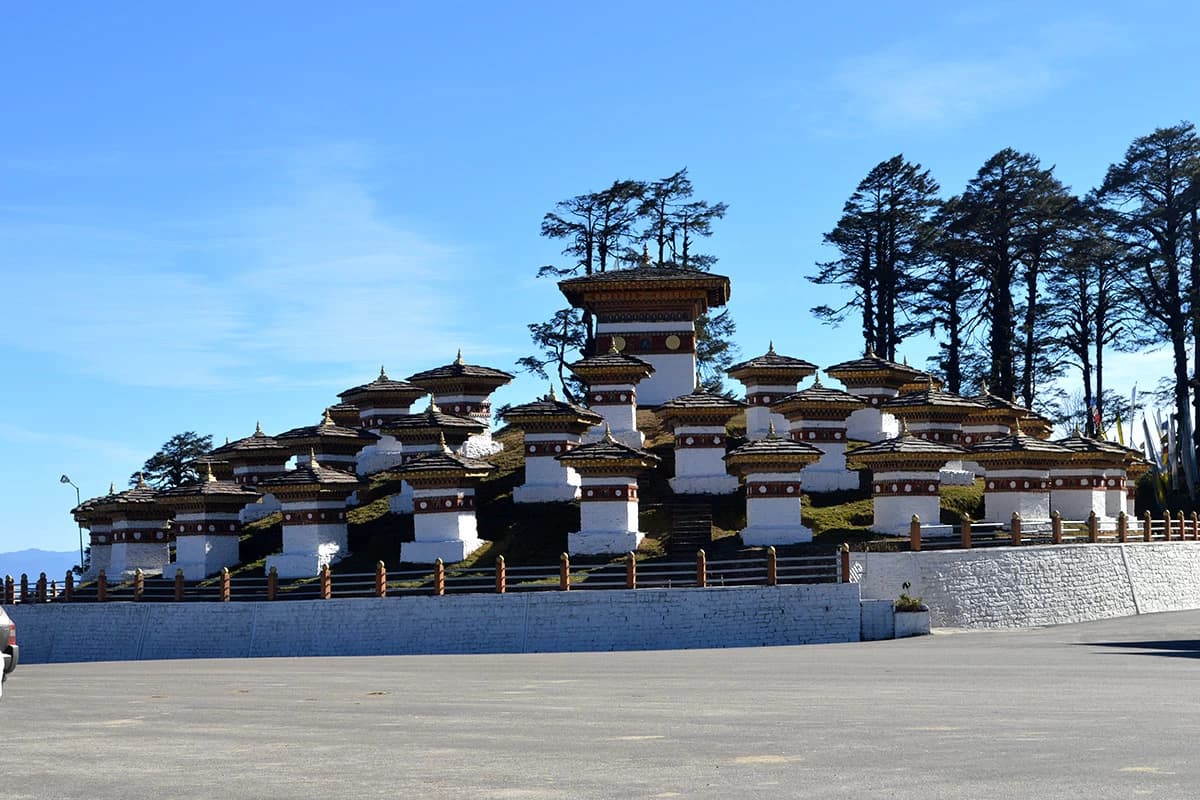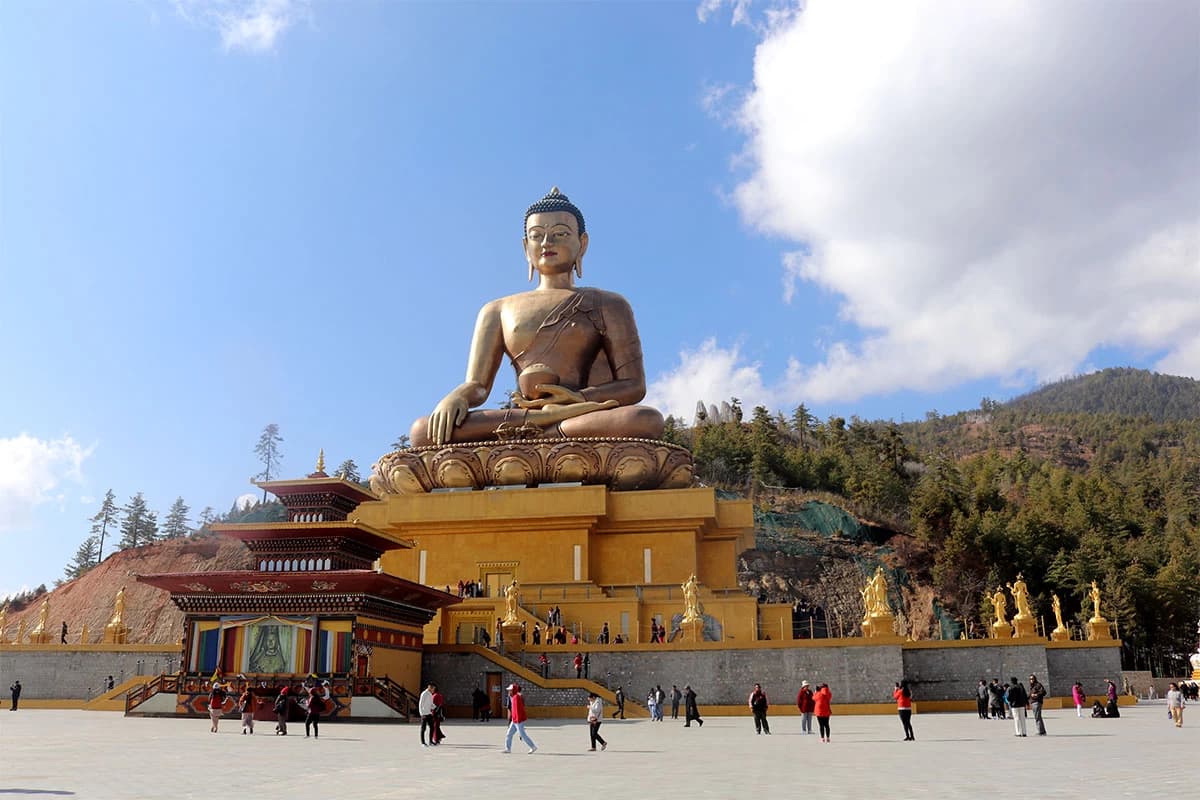Bhutan, also known as the "Land of the Thunder Dragon", is a small landlocked country in South Asia that offers an unforgettable cultural, natural, and spiritual experience. With its ancient monasteries, towering peaks, pristine forests, and pristine landscapes, Bhutan is truly a unique destination.
Thimpu and Paro are two of the most popular tourist destinations in Bhutan. Thimpu is the capital city of Bhutan and is known for its traditional architecture, cultural heritage, and stunning natural beauty. Visitors to Thimpu can explore the Tashichho Dzong, the largest and oldest dzong in Bhutan, visit the National Memorial Chorten, or take a stroll through the Centenary Farmer's Market.
Paro is another popular destination, located in the Paro Valley. The valley is known for its beautiful landscapes and rich cultural heritage, and is home to many of Bhutan's most important cultural and historical sites. Visitors to Paro can explore the Paro Dzong, the Paro Rinpung Dzong, the National Museum of Bhutan, or take a scenic hike to the famous Tiger's Nest Monastery.
Both Thimpu and Paro offer unique experiences and breathtaking scenery, making them must-visit destinations for anyone traveling to Bhutan. Whether you're interested in exploring the cultural heritage of Bhutan, admiring the natural beauty of the region, or simply relaxing and taking in the peaceful surroundings, a tour of Thimpu and Paro is a perfect way to experience the best of Bhutan.
Major Highlights
Paro Taktsang (Tiger's Nest): A stunning Buddhist temple complex perched on a cliff and surrounded by beautiful mountain scenery.
Rinpung Dzong: A fortified monastery in Paro with intricate carvings, paintings and stunning architecture.
National Museum of Bhutan: Located in Paro, this museum showcases Bhutan's rich history, culture and traditions.
Tashicho Dzong: A fortress in Thimphu that houses the secretariat and offices of the King and the government.
Memorial Chorten: A large stupa in Thimphu that serves as a place of worship and a memorial to the late King Jigme Dorji Wangchuck.
Buddha Dordenma Statue: A massive statue of Buddha in Thimphu overlooking the city and surrounded by stunning scenery.
Traditional Textile Museum: Located in Thimphu, this museum showcases Bhutan's rich weaving traditions and textiles.
Royal Botanical Park: A beautiful park in Thimphu with a variety of flora and fauna, including the national flower of Bhutan, the blue poppy.
Royal Folk Heritage Museum: Located in Thimphu, this museum showcases traditional Bhutanese living spaces and showcases the country's cultural heritage.


